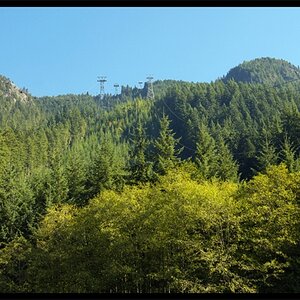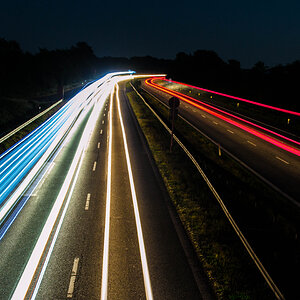lifeafter2am
TPF Noob!
- Joined
- Jul 14, 2007
- Messages
- 1,317
- Reaction score
- 1
- Location
- Orlando, FL
- Can others edit my Photos
- Photos NOT OK to edit
As I was going through my large amount of RAW files, creating stacks of three in Lightroom (which is just a cool feature!), I was wondering: Does one really need to use AEB when shooting in RAW? There seems to be so much room to work with in RAW, do you really need to have a an underexposed and overexposed shot? What is your experience / opinion?
(This is not a RAW vs. Jpeg debate!)
(This is not a RAW vs. Jpeg debate!)



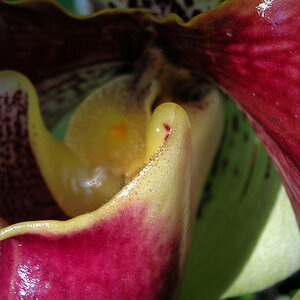
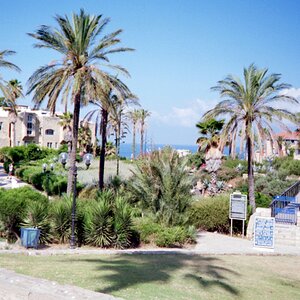
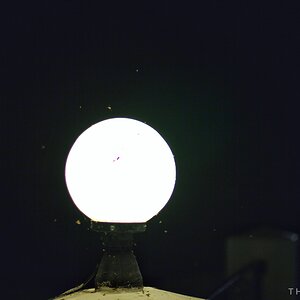
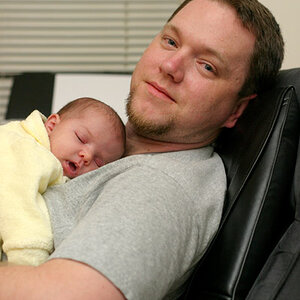
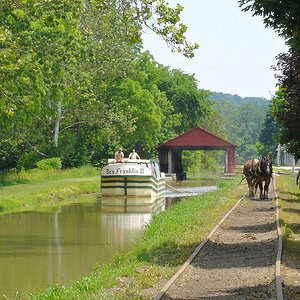
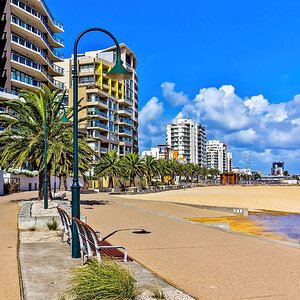
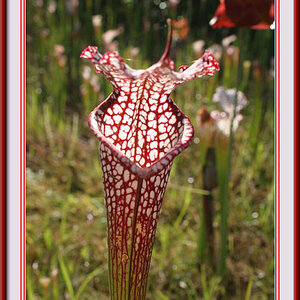
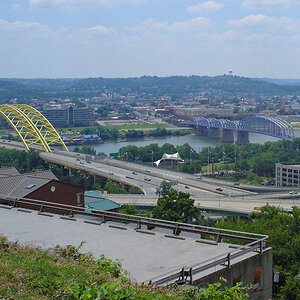
![[No title]](/data/xfmg/thumbnail/37/37625-7e132688457d56e50320a8c99a79fe38.jpg?1619738154)

